
We’ve been working hard to create the best UFO, Alien & Paranormal stories for several years now and we’re excited to share that we just recently launched our youtube channel. We’re releasing one new alien, ufo video each day. Make sure to head over to the UfoHolic youtube channel, subscribe and tap the bell in the top right for notifications to see new videos when they come out. Subscribe to our Ufo videos by clicking here.
A recent discovery made by a team of scientists has put a spotlight on what many consider to be the first extraterrestrial organism found. Is this definitive proof that aliens exist?
This recent discovery might prove instrumental in answering one of humanity’s ardent questions: “where do we come from?” At the moment, science is unable to provide a response.
3.9 billion years ago, life appeared on Earth. Long-lost through the sands of time, this event provided the basis for our existence on the pale blue dot we call home. Without those primordial single-celled organisms, we wouldn’t be here today, wondering where they came from.
Despite all the advancements of modern science, researchers are still pretty much in the dark when it comes to pinpointing the exact origin of the first life forms on our planet. There are many ideas floating around, but this scientific problem is not yet solved.
Two main theories attempt to explain the enigma. One of them postulates that life appeared on Earth because it had all the necessary conditions. However, there is no standard model on how life might have started. The step from lifeless to alive is too big a leap for our current understanding.
The other theory is called panspermia and was first proposed by Nobel prize-winning Swedish scientist Svante Arrhenius. He reasoned that life did not originate here on Earth. It must have developed elsewhere in the universe and later arrived here. Panspermia isn’t a theory on how life began, it’s one about how life began here.
Numerous experiments have shown that some microorganisms can withstand extreme conditions. Furthermore, they can enter a dormant state that allows them to survive for a very, very long time. Scientists even discovered 40 million years-old spores and were amazed when they sprang back to life. It wouldn’t be impossible for some microscopic creatures to survive a lengthy journey through space. If they were to arrive on a planet that could sustain life, they could populate it. Perhaps our own home world was seeded with life by microbe-carrying meteorites.
And now, the news.
The University of Buckingham’s Center for Astrobiology recently conducted an investigation to determine whether panspermia could account for the origin of life on Earth. Led by Professor Milton Wainwright, a group of scientists set up an experiment that aimed to collect microscopic samples from outside of Earth’s atmosphere. In order to do so, they sent a series of balloons to altitudes of around 20 miles, at the edge of outer space.
The balloons were equipped with powerful magnets that collected samples of microscopic debris. One of them brought back traces of rare elements such as dysprosium, lutetium, neodymium and niobium. It also carried back something unexpected, something many consider to be the first recorded extraterrestrial organism.
Perched atop a microscopic salt crystal was the “amorphous form” of what the scientists believe to be an extraterrestrial biological entity.
As far as we can tell, the particle has no relation to anything found on Earth,” Professor Wainwright told press. “This latest launch is also exciting because the team found particles containing so-called rare earth elements at a height close to 30 kilometers in the stratosphere.
These particle masses are too big to have been carried up from Earth and, like the alien life forms we find, must be incoming to Earth from space.”
Curiously enough, this isn’t the first time Prof. Wainwright and his team discovered something truly extraordinary. Earlier this year, they managed to catch another entity they believe to be extraterrestrial in nature—a microscopic metallic sphere resembling a seed-like organism. Inside the sphere was a liquid that contained what appeared to be genetic material.
The year before, they had discovered two equally-enigmatic presences the media dubbed the “ghost” and “dragon particle.” All of them were discovered at an altitude no earthly microorganism can reach, leading the researchers to believe they must have originated from outer space.
Professor Wainwright’s views are shared by his colleague Chandra Wickramasinghe, Professor and Director of the Buckingham Center for Astrobiology, another strong proponent of panspermia.
From the turn of the millennium an impressive body of evidence has accumulated to indicate that microbial life does indeed exist outside the Earth,” Wickramasinghe said.
It is permitted nowadays to assert that comets and meteorites delivered the chemical building blocks of life to form a primordial soup from which life originated on Earth some four billion years ago.
The idea of life originating on Earth ‘in some primordial soup’ is deeply rooted in the religious and scientific culture of the Western world. […] Wrong ideas have crippled science in the past. If we are not vigilant it could happen again, and this time round the societal and economic consequences could be more disastrous.”
Naturally, these findings are looked upon with suspicion and ultimately contested by mainstream science. In order for the centuries-old paradigm to shift, more convincing evidence needs to be provided. Perhaps, decades from now, people will look back to these discoveries and see them as the first steps towards finding out the true origin of life on Earth.
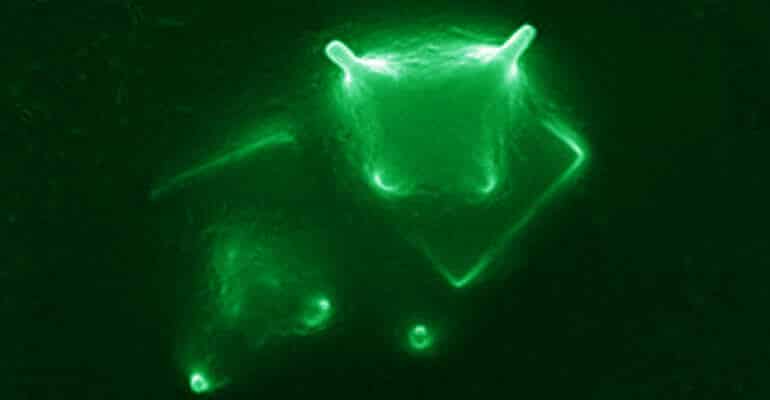
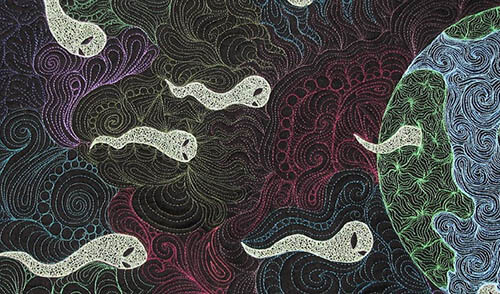
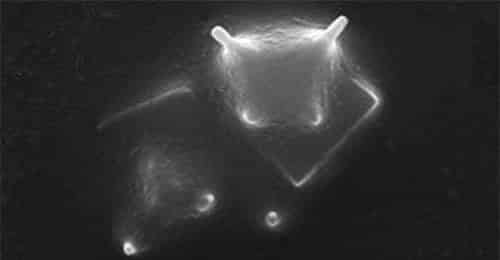
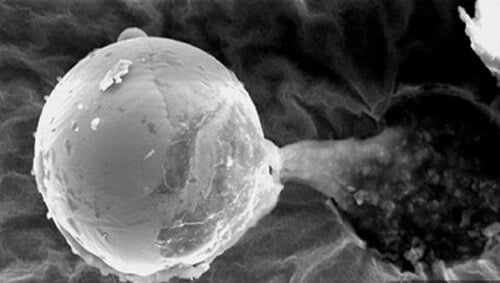
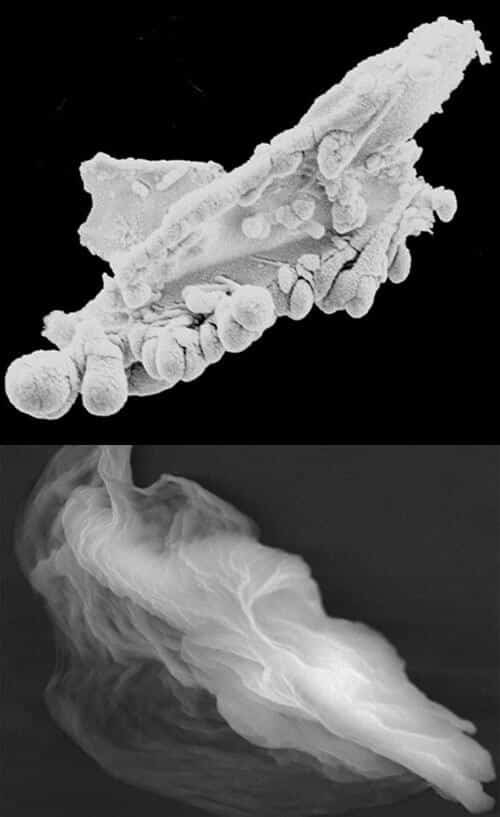

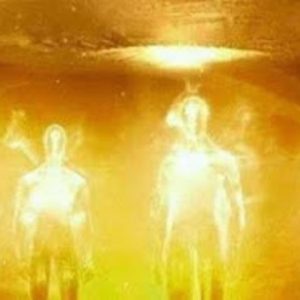
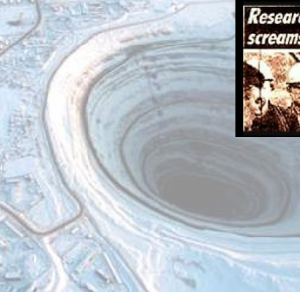
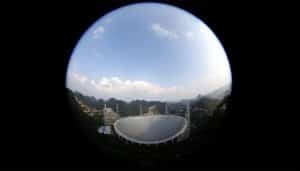


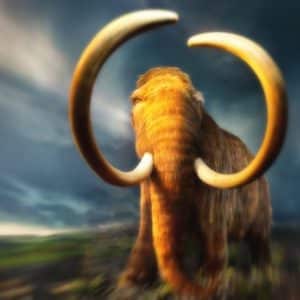
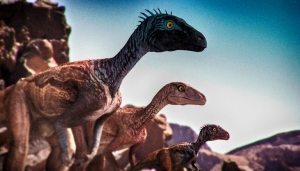

not surprising!